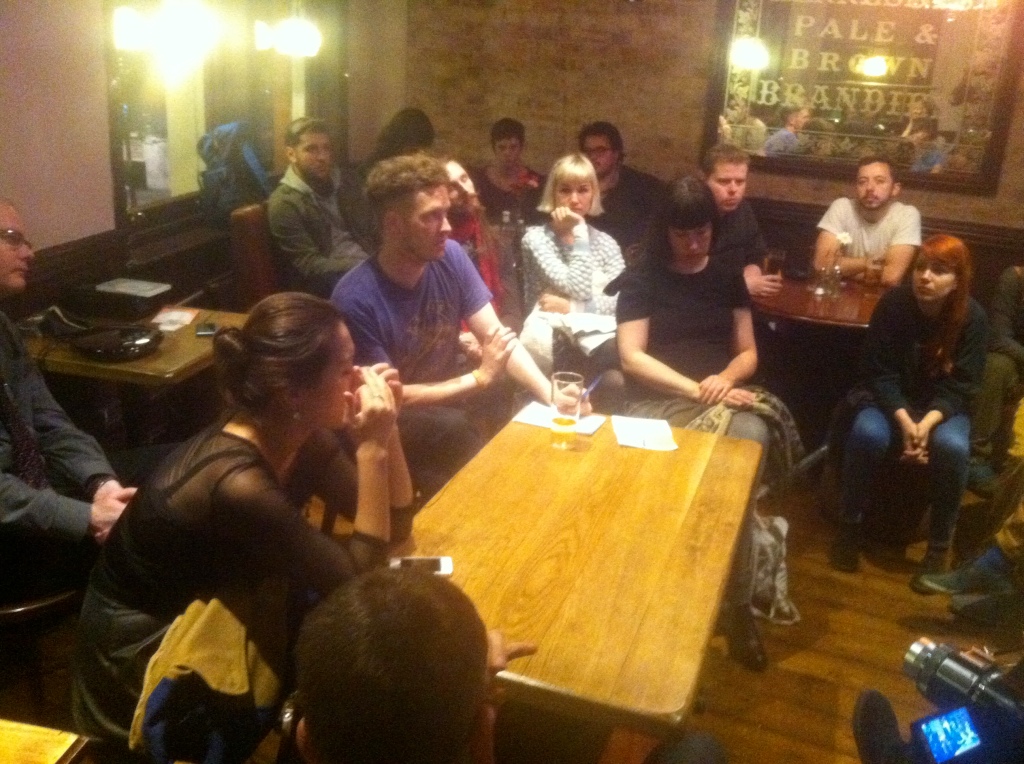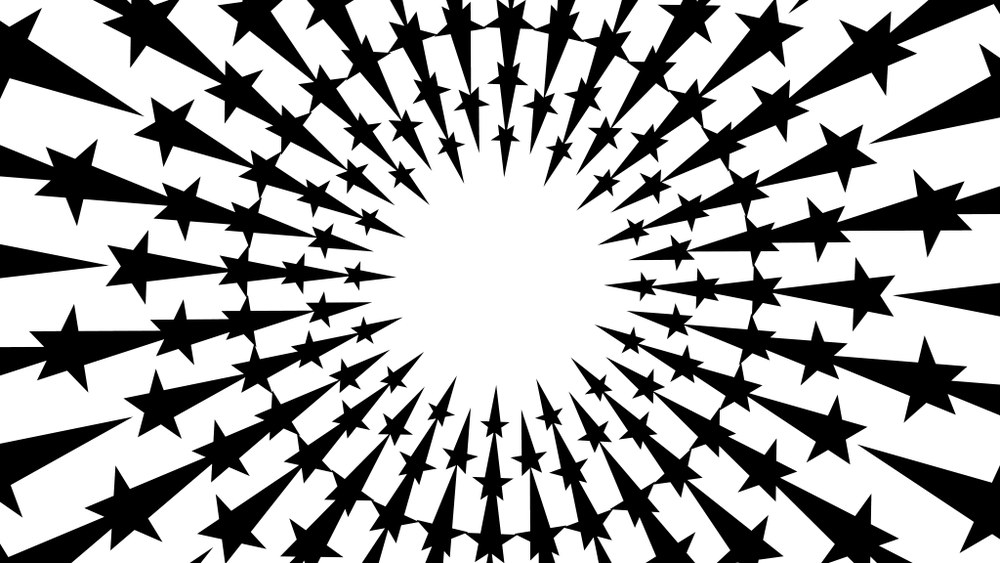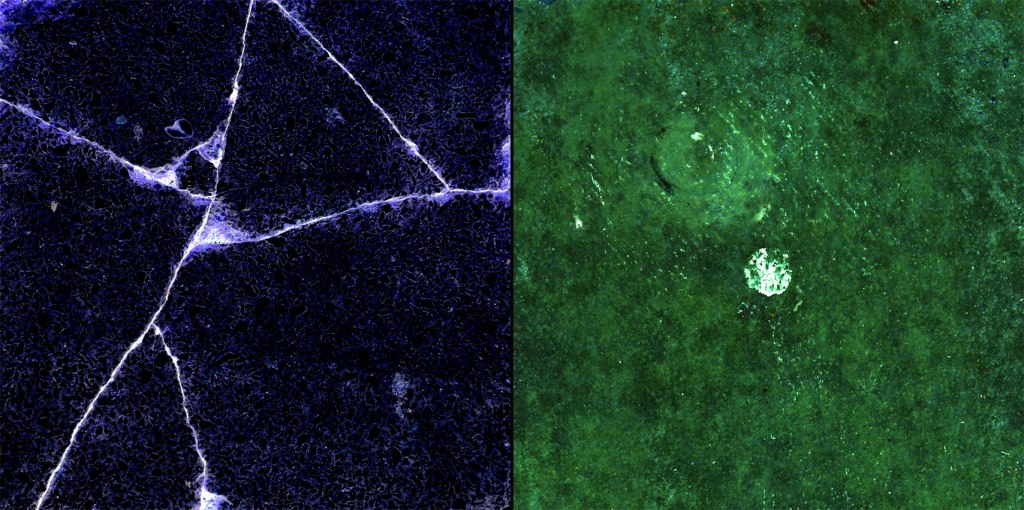I first met him in 2005 when he had just graduated from the Royal College of Art, when his graduation film Collision was already establishing itself as a ground breaking animation on the international animation festival circuit. The son of a musician, Max first started to create music on his computer as a teenager, incorporating sampling and layering in order to grow pieces of music organically, and to differentiate his way of working from that of his father.
When he started making films, first tentatively on his BA at Goldsmiths and later more in-depth on the MA Animation programme at the Royal College of Art, Max applied the same procedure, building his films up from elements and improvisations, with neither script nor storyboard. He said that while some of his films have a clear message, many of them have no exact predefined meanings and should not be expected to, just as one would not expect a piece of music to have ‘meaning’ in a narrowly defined sense: they are what they are.
Max showed eight films in total, in chronological order:
1. Nachtmaschine (2005)
In this film Max reanimated photographs of light trails, creating an abstraction of the figurative imagery of a nighttime city. Nachtmaschine was a collaboration with his father who provided the late night electronic jazz soundtrack.
2. Collision (2005)
After seeing a presentation of films by visual music pioneer Oskar Fischinger at the Goethe-Institut, Max decided on a much more abstract direction, while the ongoing Iraq war prompted him to create a film with much more meaning. Collision is the result of this unlikely marriage of meaning and abstraction.
3. AANAATT (2008)
Having relied entirely on the computer for Collision, Max now set himself the task of creating a film with no digital animation at all, using stop-motion instead, shot from only one camera angle. The film is still abstract, but achieved using mirrors and a multitude of industrial and household objects.
4. Spin (2010)
In this film, Max returned to a political, anti-war message, but this time through the abstract patterns and shapes created by arrangements of toy soldiers, 2D scanned and modelled in Maya, and choreographed as in a Busby Berkeley dance routine. We then had a short interval before resuming.
5. Heaven and Hell (2010)
Max presented us with a single screen version of this psychedelic double-channel animation installation, based on the spiritualist work of outsider artist Augustin Lesage (1876-1954).
6. Shift (2012)
Max described it as visualisation of the New Age idea of the 5th dimension, and once again he uses tangible objects to create abstract imagery. However, he added that Shift should not be seen as an actual representation of what such a space might look like, but rather that the notion of the 5th dimension functioned as a starting point for an audio-visual exploration. It was an Animate Projects commission for Channel 4’s Random Acts.
7. X (2012)
This was a documentation video of site-specific work X, displayed on a water screen emerging from Regent’s Canal outside the Filling Station in Kings Cross. X presents the viewer with a self-referential audiovisual system intended to create a space for reflection. The visual imagery is abstract, made of morphing wireframe images which glow like neon lasers, referencing 1980s arcade games and sci-fi iconography.
All Rot
8. All Rot (2014)
A work in progress which Max started whilst on his Doctorate at the University of East London. Another abstract piece, the film appears to have been painted and scratched onto 35mm film, but was actually created digitally. Whilst the piece is a moving image work without any direct meaning which stands on its own aesthetic value, it in effect consists of contrast-enhanced photographs of details of a decaying crazy golf course Max discovered in the grounds of a former mental institution. The irony was not lost.
Max concluded by describing the Hattlerizer, a custom hardware/software setup which enables him to create visual images as a live performance. This, unexpectedly, brings him back into the orbit of Oskar Fischinger who himself created a device called the Lumigraph, a visual instrument used to create abstract imagery, but using very different technology.
Max during the Q&A, with Captain Zip (left) documenting the evening.
The event proved very popular, with nearly fifty people cramming into the upstairs function room at The Green Man. Many thanks should go to Max for a fascinating presentation and to Captain Zip for filming it. The video will be available on YouTube very soon. In December Max departs the UK for Hong Kong to take up a faculty position at the School of Creative Media. We wish him well.



